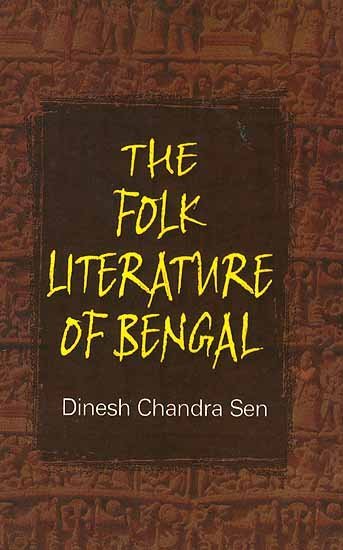Folk Tradition of Bengal (and Rabindranath Tagore)
by Joydeep Mukherjee | 2018 | 49,317 words | ISBN-10: 8186036989 | ISBN-13: 9788186036983
An English study regarding the Folk Tradition of Bengal and its influence on Rabindranath Tagore—an important Bengali polymath from the 19th century who excelled in philosophy, arts (painting), literature and music. This research tries to initiate the semantic aspect of “folk” through the help of various dictionaries....
Chapter 5 - Conclusion
Indubitably Baul song and its philosophy have lured different people at different point of time. Nobody can help being attracted both by the sweetness of songs and the depth of philosophy. Rabindranath Tagore is one of those giants who was deeply drawn to the depth by Bauls in general and Lalan Fakir in particular. This remains ingrained in his mind not for a reason of variety but for volition to be free from all bearings, bondages, boundaries of materialism. Tagore is a soul mate with the Bauls. Because of this untiring attachment, it can revoke his sense impression from its inept condition. Due to this, perhaps Jeevandevta of Rabindranath Tagore and Moner Manush of Bauls are identical and inseparable. What Tagore found in them is not only the value of humanity but also more importantly the value of humility. Therefore, whatever positive or negative changes from all perspectives the critics talk about or discuss about Tagore are under the influence of one man, Lalan Fakir. In this concluding section, the research will try to prove the type of influence based on some evidence.
These are following:
[(1) Mysterious Meeting between two Giants]
[(2) Tagore’s Lalon Fakir]
[(3) Prosodic similarity between Lalon Fokir and Rabindranath Tagore]
[(4) Tagore’s interest in Lalon Fakir’s Manuscript]
[(5) An Initiative to Change after Lalon Fakir]
[(6) Theoretical similarity between Tagore and Lalon Fakir]
[(7) Comparative Study through ‘Influence’ and ‘Anxiety of Influence’]
